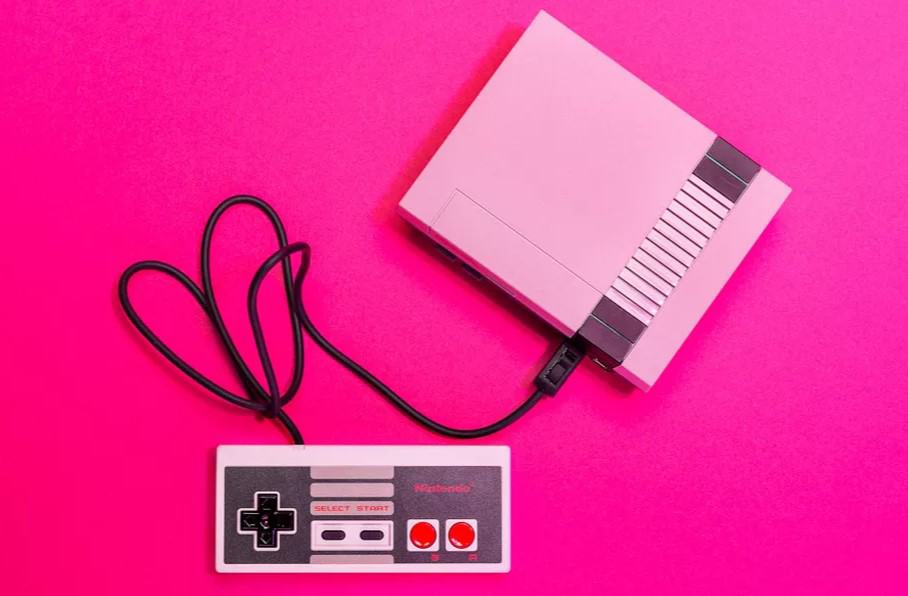
You’ve heard the whispers and warnings of a possible stock market bubble, and you’re spooked. You just survived a big drop in your portfolio’s value back in March, and you’re not ready to go through it again. Is it time to cut your losses and get out, ahead of another crash?
A stock market bubble happens when investor enthusiasm drives share prices up so high that they’re disconnected from underlying value. Rising share prices are great for investors in the moment. But as Barry Gibb of the Bee Gees said, “… all bubbles have a way of bursting or being deflated in the end.” When a stock market bubble bursts, share prices revert to more-rational levels, and investors lose billions in short order.
You’d obviously prefer not to see your retirement savings wiped out for a second time in 2020. But the bursting of a market bubble isn’t automatically the end of your retirement dreams.
In truth, the vast majority of retirement savers can best manage through a crash by doing nothing. The alternative, cashing out proactively, leaves profits on the table if the market continues to rise. And then you must decide when to reinvest, and it’s likely you’ll miss more opportunity by waiting too long.
With respect to your retirement savings, there are only two reasons to worry about a market bubble bursting. Here’s a look at each, and the adjustments you can make to protect yourself.
1. Your retirement is within seven years
When bubbles burst, the damage can linger for years. Following the dot-com crash, for example, it took the Nasdaq Composite Index 15 years to return to the high it set in the year 2000. The broader stock market indexes recovered from that same crash far more quickly; both the Dow Jones Industrial Average and the S&P 500 had returned to their 2000 trading levels by 2007.
The conventional advice is to ride out a stock market crash and simply wait for share prices to recover. That’s a workable strategy as long as you don’t need to take retirement distributions before a recovery is underway.
If you do plan on retiring soon, you’ll want to have a contingency plan. It should involve holding enough cash to support you for at least a year. Should a crash happen, you’d have 12 full months to assess your situation and determine the next steps, without having to liquidate your positions at a loss. Additionally, you might keep another three to four years’ worth of income in a low-risk, low-volatility position, like a stable value fund. If the recovery lingers on as your cash stores are dwindling, you’d liquidate the stable value fund first if your 401(k) allows it. That buys you more time for your equities to recover.
2. You have a speculative portfolio
If you were 100% invested in the Nasdaq Composite Index in 2000, you’d have waited 15 years to recoup your losses. In the same way, if you are dabbling in marijuana stocks in your IRA or have your entire 401(k) invested in emerging-market funds, you might see a longer road to recovery after a crash.
Now is a good time to establish a cap on how much you should invest in speculative positions. The level of your cap depends on your risk tolerance and retirement timeline. If you are 25 years old and very bold, for example, you might allocate 10% of your funds into those riskier assets. For most people under the age of 55, however, 5% is more appropriate. You’d go lower than 5% if you are risk-averse or planning on retiring within 10 years.
Bubble or not, stay in the market
The stock market may be bubbling, or investors could be optimistically looking forward to the post-COVID-19 era. Because no one knows which until after the fact, the right approach is to stay invested, participate in the gains, and be prepared if the tides turn. To do that, set aside a good chunk of cash, increase your low-volatility assets, and decrease your speculative ones. It couldn’t hurt to hum a few bars of the Bee Gees song Stayin’ Alive now and again, either.






















